Arc flash is a dangerous risk among those in the power industry. Arc flash is an electrical breakdown of the resistance of air that results in an electric arc, which can occur where there is sufficient voltage in an electrical system and a path to ground or lower voltage.
Feeder protection relays, such as those manufactured by Schweitzer Engineering Laboratories (SEL), can help reduce arc-flash energy. Combined arc-flash detection and high-speed overcurrent protection offer fast tripping and security. High-speed, high-current interrupting outputs minimize the total fault-clearing time.
Relays with combined light sensing and fast overcurrent protection function at high speed without false tripping. This also eliminates misoperation due to nonarc-flash sources. With SEL’s 751A engineers are able to monitor each of the four optical circuits and alarm users of any malfunction with an automatic self-test feature that uses rugged 1000 micron fiber.
The SEL-751A s easy to install, with full coverage of the possible arc fault locations and a combination of bare-fiber and point sensors. Engineers can install the relay into a new switchgear, or retrofit it into existing equipment. Upgrade kits are also available.
In addition to arc-flash detection, the SEL-751A offers several other methods to limit personnel exposure to arc-flash hazards. The relay helps reduce the danger of explosive arc-flash incidents by alerting personnel to reduce the available fault current energy or leave the danger zone. The product also allows coordinating protection for faster clearing times, enabling instantaneous elements while maintenance is being performed, and staying completely outside the danger zone with wireless or remote communication.
American Electric Technologies (AETI) also offers Arc-Flash Migigation Switchgear in 17.5 and 38 kV models. AETI’s switchgear is well-suited for the compact conditions of wind and solar substations. The gear operates without any arc venting or discharging, yet provides operator and bystander protection at low prices. The switchgear also meets the safety requirements of the renewable energy and utility industries.
Arc flashes can severely, even fatally, injure switchgear operators and bystanders, resulting in financial loss from medical costs, increased insurance costs, and turbine worksite downtime. AETI says studies show that 35% of arc flash incidents have occured when bystanders near or above the vent had no idea of the danger. And 65% of the incidents occurred with an operator working on the system, so the operator and bystanders near or above the vent both had an idea of the possible danger. But because an explosive arc flash travels at the speed of light, and once started it is not stopped by arc resistant methods, the practice has been to vent the arc flash explosion away from the operator via ductwork. However, when a space is confined, the explosion is often vented directly into the path of bystanders. Therefore, AETI offers safer, yet, cost effective methods to quench the arc as soon as it erupts.
The company’s switchgear uses both optical and pressure sensing detection to quench the arc flash as quickly as possible before it rapidly escalates to significant levels of destruction and injury. In addition, remote breaker rack in and out reduces the exposure to breaker disconnection, which greatly reduces the risks of arc flash incidents to personnel.
Filed Under: Safety




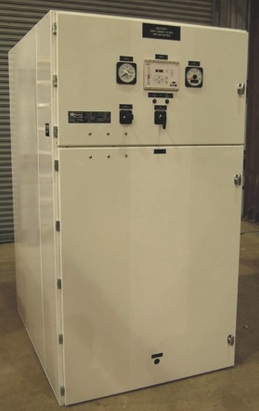
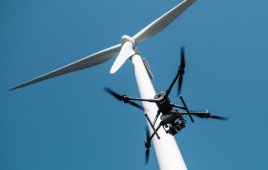
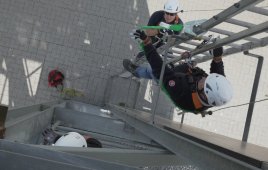
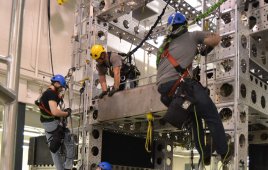
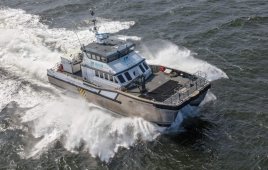
Since involved as operators for maintenance and aware of the related problems, we will be gratefull if you will send us more detail and budgettary price for the sistem of yours to try to submit it to our Customer.
Best kindest regards
Ivan Osella